Green wings give excellent camouflage against vegetation, making Brimstones difficult to spot against leaves. So good is their camouflage that the venation and creases on their wings closely mimics a leaf’s texture. Such camouflage, however, is only effective providing the subject remains still. Once a variable, such as the movement of flapping wings enters the equation, the Brimstone becomes easily spotted and vulnerable to predators.
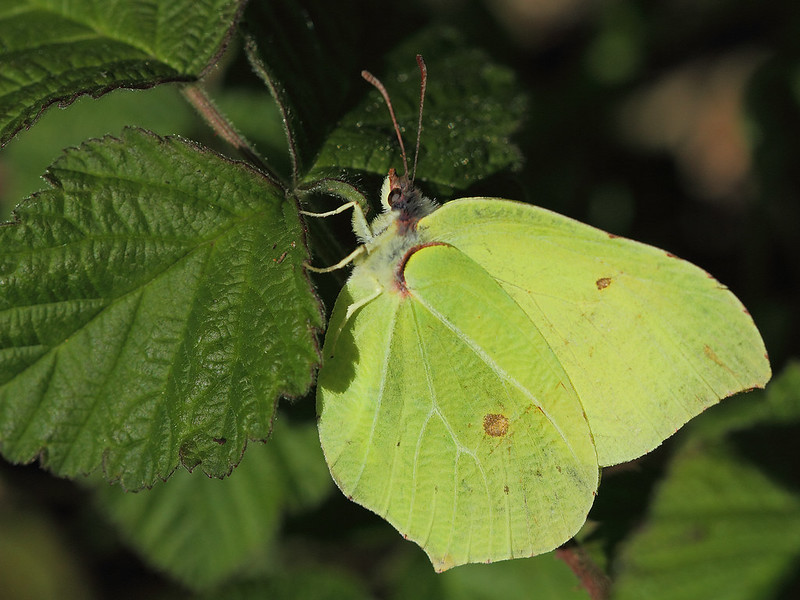
Canon EOS 7D and Canon EF100mm f2.8 Macro USM
f5.6 / 1/4000 / 100mm / ISO 400
If you look carefully at the foot of the Coal Tit (image below), you will see something that looks like a leaf but is, in-fact a Brimstone butterfly. Moments before I took this shot, I watched the Brimstone taking the same circular route along the edge of woodland and meadow. Unfortunately, on its final circumnavigation, the butterfly took a detour and flew into the woodland canopy. Its sulphur green wings sparkled in the darker woodland and caught the attention of the Coal Tit. It didn’t take long for the bird to dissect and gobble the butterfly.
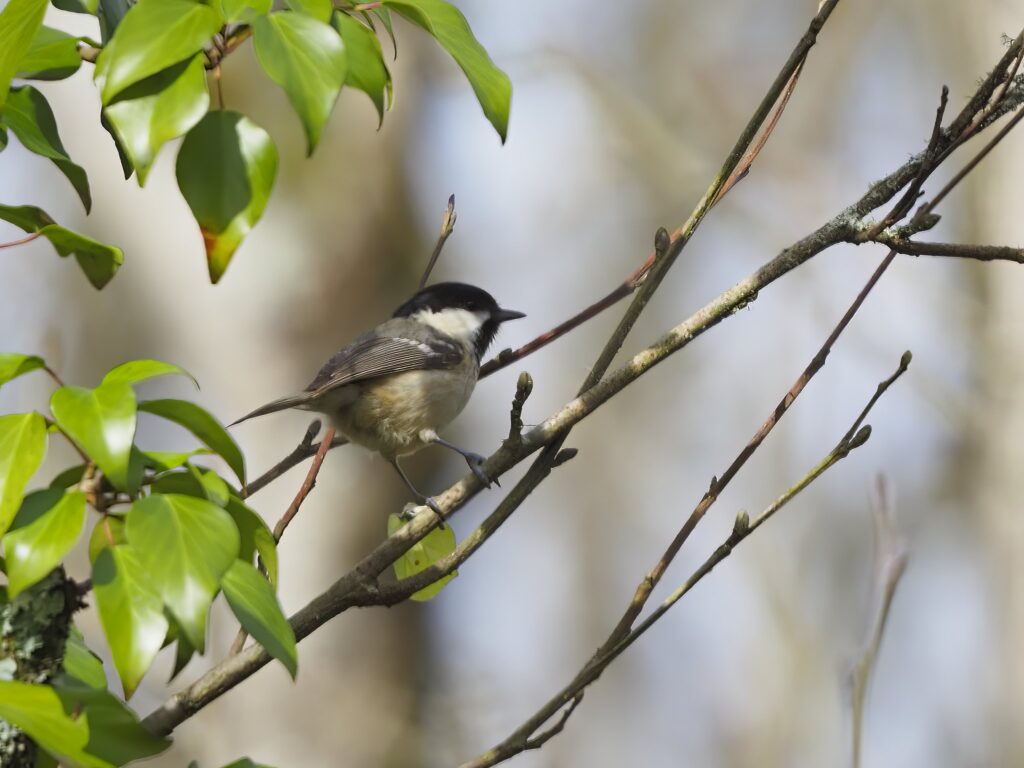
Olympus E-M1X with Olympus 100-400mm f5.0-6.3
f6.3 / 1/2500 / 400mm / ISO 1600
The Brimstone’s decision to change its familiar route cost it its life. The difference between life and death can often balance on a thread, on such a split decision.
On a lighter note, temperatures are beginning to rise and the first Brimstone of the year has been spotted, feeding on a dandelion.
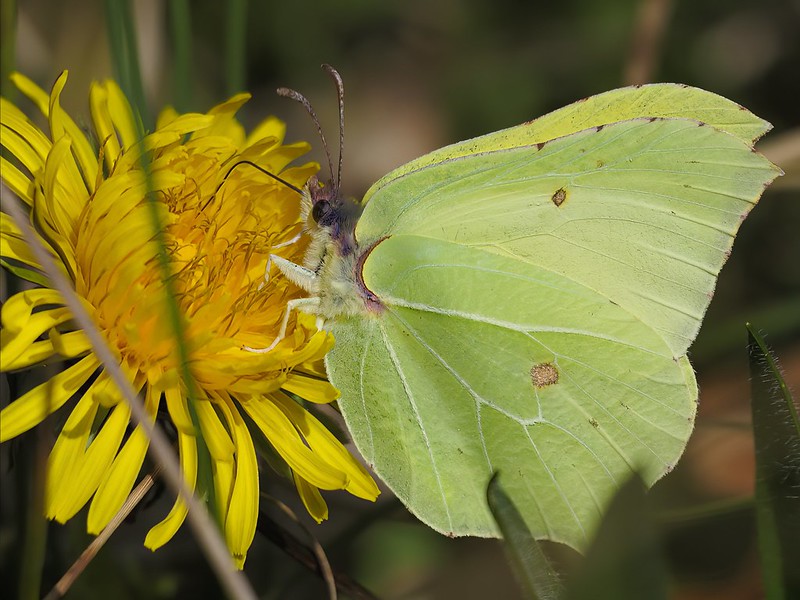
Olympus E-M1X and Olympus 100-400mm f5.0-6.3
f8.0 / 1/8000 / 400mm / ISO 1600
Parc Slip Nature Reserve, Wales

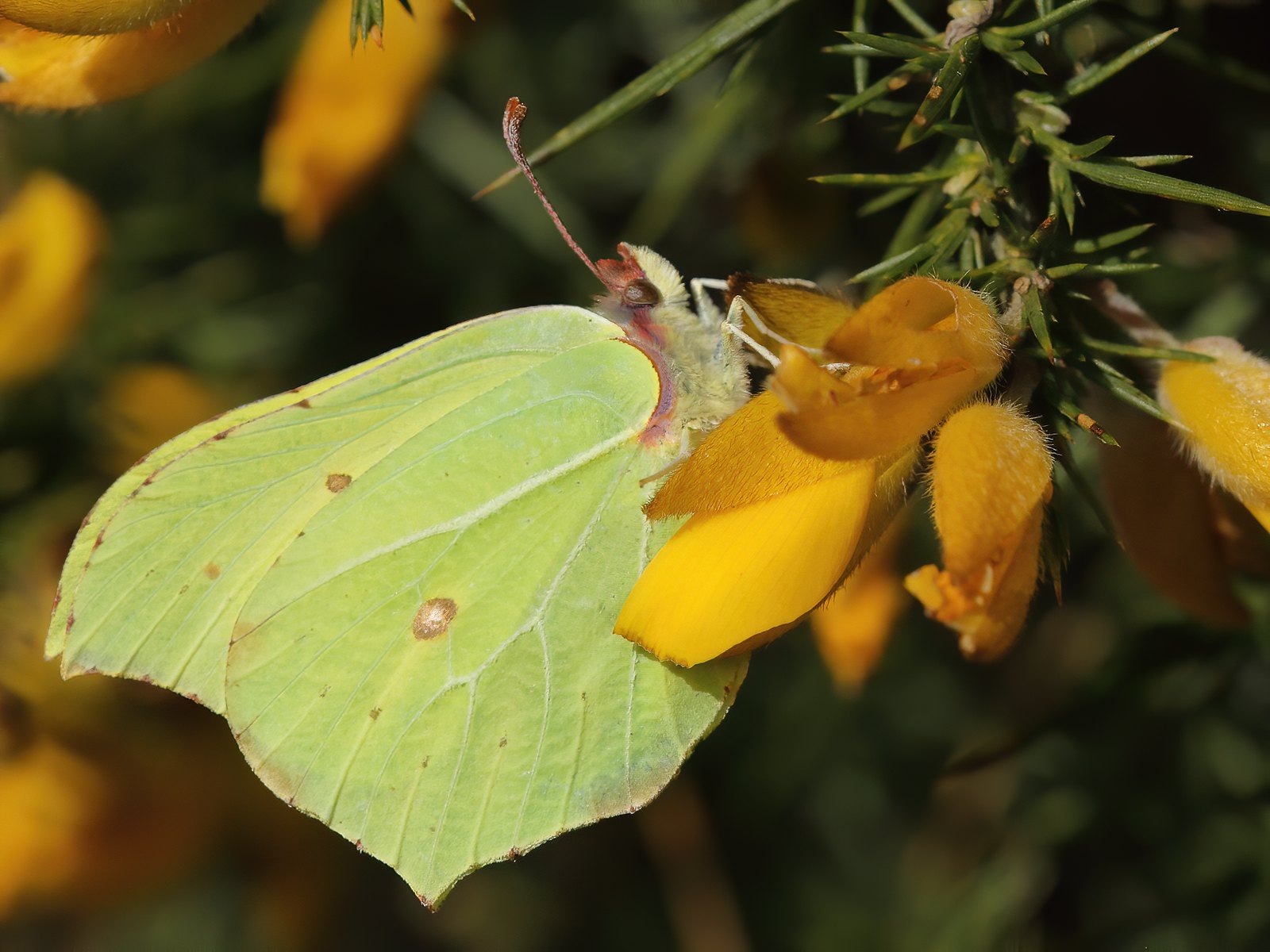
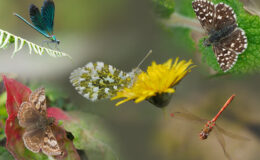

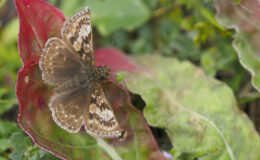
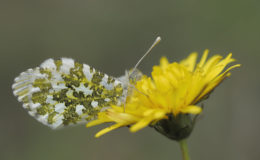
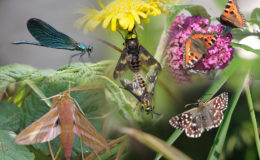
Leave a Comment